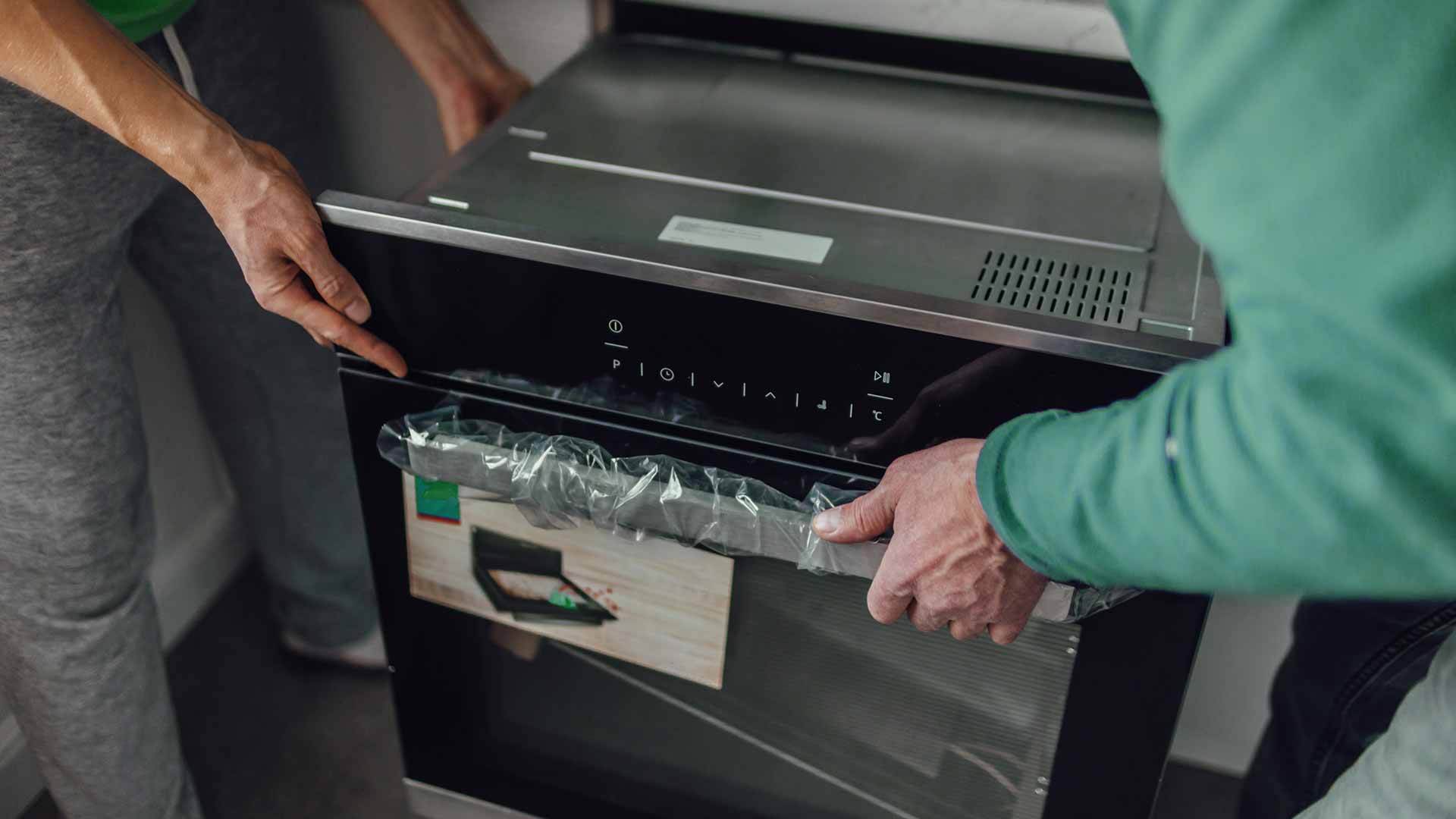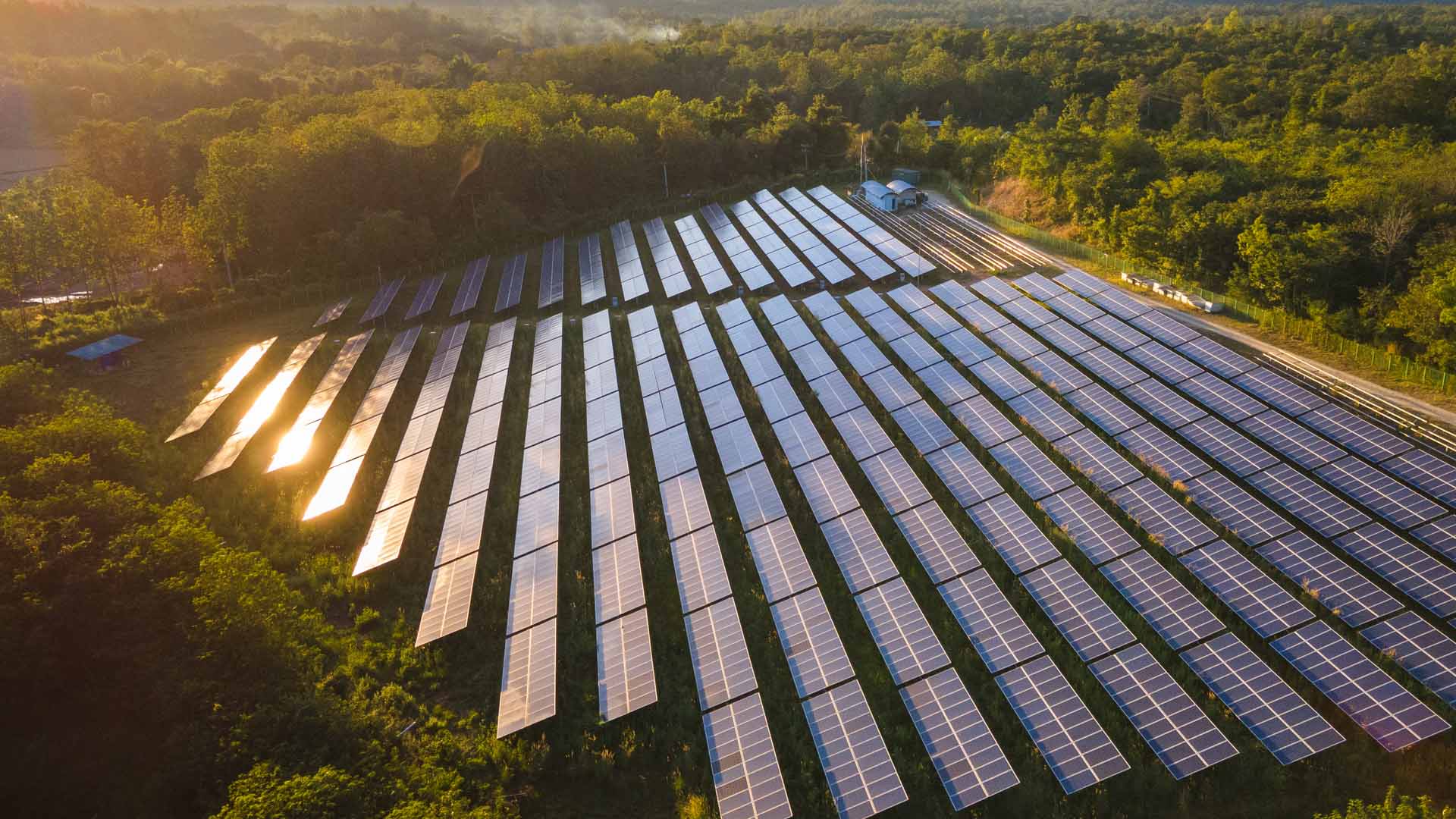Switching to a solar-power system to generate electricity for your home frees you from load-shedding, grid faults and yearly increases in the cost of electricity. As we have explained in earlier blogs, however, installing a completely off-grid system that will run all the appliances in your home on solar power alone can be very expensive. Many solar-power systems are modular, though, so you can expand them in stages, starting with an affordable grid-tied system using solar panels and an inverter to supply some, or all, of your power during the day and reduce your electricity bill.
Adding batteries to the system so that it can store the electricity generated by the panels makes it a hybrid system, which cuts your electricity bills some more and protects you from load-shedding. You can keep adding batteries and panels whenever you can afford an upgrade, until your system produces and stores enough electricity to power your home on its own, at which point you can go completely off-grid. Whichever system you choose, you will also need to insure it.
No matter where you are in your solar-conversion journey, you’ll find switching to solar power easier and more convenient if you consider some changes in 2 areas: when you use certain appliances, and which appliances you use.
Changing your daily routine
Once you’re running on solar, you will quickly notice your electricity consumption patterns. Most solar systems have an app that allows you to monitor the status of your system. You can see how much power your home is using, compared to how much electricity the system is generating, so you can plan accordingly.
It’s no surprise that large appliances consume the most electricity. You can avoid draining your batteries simply by changing your habits. Plan your household chores so that you use your power-hungry appliances during daylight hours when you can use the electricity being generated by the solar panels and not drain any from the batteries.
You might choose to spend more on a bigger system that has less impact on your day-to-day activities
Appliances that use the most electricity include kettles, stoves, geysers, dishwashers, microwaves, irons, vacuum cleaners and pool pumps. You’ll quickly figure out what works best for your home through a bit of experimentation while you monitor the system. You need to find a happy balance that allows you to recharge your batteries sufficiently during the day while powering your home at the same time.
This balancing act could, for example, lead you to run your pool pump only on days of full sun, or to use big appliances like the dishwasher only after your batteries are fully recharged.
Changing your appliances
As well as changing some habits, you can also change your appliances to the most energy-efficient alternatives.
Many common household appliances, from televisions and fridges to air conditioners, have become far better at using less energy to deliver the same results. Replacing old appliances with alternatives that use less electricity does mean another cost upfront, but these costs will be cancelled out in the long term as your solar system delivers continued savings. And if your new appliances use less electricity overall, you can save by installing a smaller, less expensive system to begin with.
The biggest energy guzzler is your geyser, which can account for as much as 30% of household electricity usage. A common solution is to install a solar or gas geyser to reduce the amount of electricity your system needs to generate.
Some off-grid homeowners who’ve made the switch to more energy-efficient appliances say they are able to continue living as before, without having to make big lifestyle sacrifices. It’s up to you, however, to decide how much a switch to solar will disrupt your life. If you’re not willing to reorganise your schedule or switch to appliances that use less electricity, you might choose to spend more on a bigger system that has less impact on your day-to-day activities.
Disclaimer
Please note that all costs and financing options quoted in this blog were correct at the time of publication, but are subject to change without notice. Although we update the blogs regularly to keep the information up to date, clients are advised to check current costs and finance options with service providers before making any commitment to solar installation.








